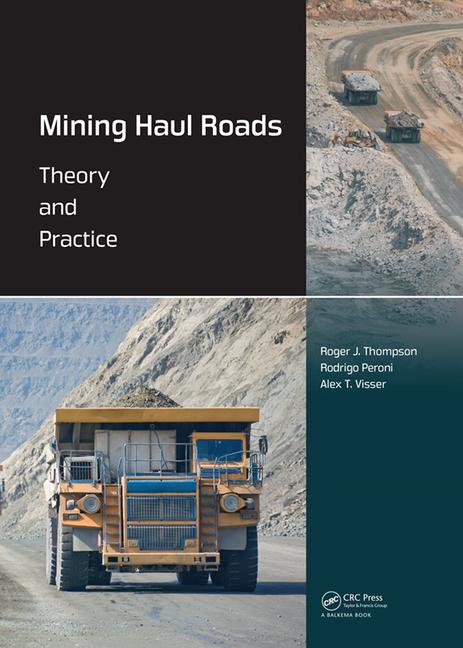
In order to make informed mine haul road maintenance decisions, some basis of comparison should be established with which to compare segments of road across the network. This comparison is based on haul road functional ‘defects’ (failures) and since it is possible to equate some functional defects with rolling resistance – hence the condition of a road has a direct effect on rolling resistance.
The rolling resistance of a haul road is primarily related to the wearing course material used, its engineering properties, and the traffic speed and volume on the road. These dictate, to a large degree, the rate of increase in rolling resistance. Ideally, road rolling resistance should not increase rapidly – which implies that those road defects (roughness defects) leading to rolling resistance should also be minimized. This can be achieved through careful selection of the wearing course or sheeting material, which will minimize, but not totally eliminate, rolling resistance increases over time (or traffic volume).
For further details, see the book:

Mining Haul Roads: Theory and Practice
1st Edition
Roger Thompson, Rodrigo Peroni, Alex T. Visser
CRC Press
Published December 11, 2018
Reference – 294 Pages
ISBN 9781138589629
CAT# K386669
Further technical background is available here and a typical extract from a benchmarking study here.
